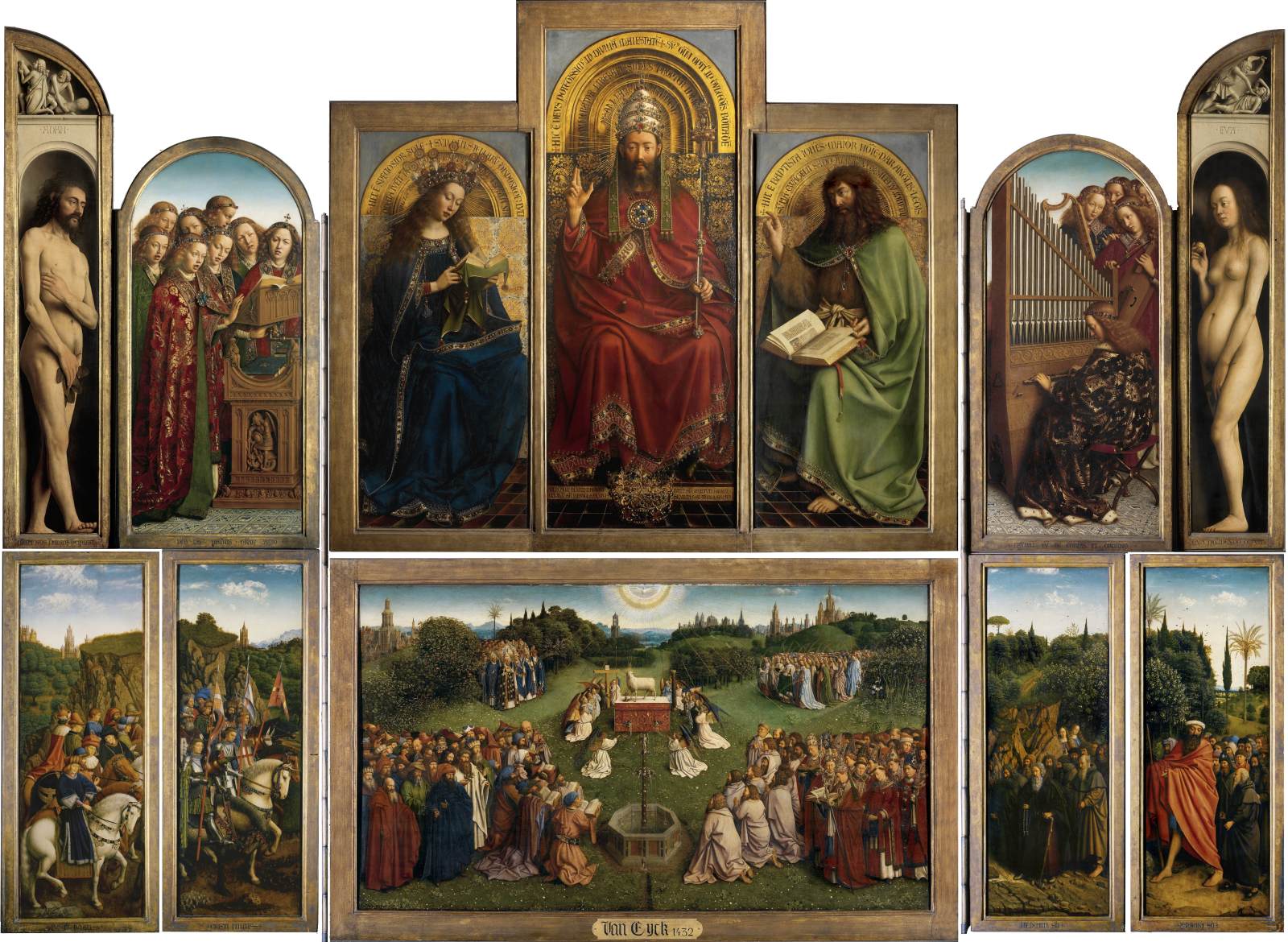It's coming up on Rudyard Kipling week in my home school co-op English classroom! (You can read more about his life here: Rudyard Kipling.) We're going to read three of his "Just So Stories" (like "How the Camel Got His Hump") and three of his poems ("If" and "The Thousandth Man" and "L'Envoi"). Some of these pieces can be found in The Book of Virtues, and you can listen to a narration of Just So Stories on-line. Kipling is perhaps best known for his Jungle Books, later made into a Disney movie. You can also see an intriguing virtual animation of "If."
Here is my favorite piece by Kipling, which is obviously drawn from this own varied life experiences:
"If"
Are losing theirs and blaming it on you;
If you can trust yourself when all men doubt you,
But make allowance for their doubting too:
If you can wait and not be tired by waiting,
Or, being lied about, don't deal in lies,
Or being hated don't give way to hating,
And yet don't look too good, nor talk too wise;
If you can dream---and not make dreams your master;
If you can think---and not make thoughts your aim,
If you can meet with Triumph and Disaster
And treat those two impostors just the same:.
If you can bear to hear the truth you've spoken
Twisted by knaves to make a trap for fools,
Or watch the things you gave your life to, broken,
And stoop and build 'em up with worn-out tools;
If you can make one heap of all your winnings
And risk it on one turn of pitch-and-toss,
And lose, and start again at your beginnings,
And never breathe a word about your loss:
If you can force your heart and nerve and sinew
To serve your turn long after they are gone,
And so hold on when there is nothing in you
Except the Will which says to them: "Hold on!"
If you can talk with crowds and keep your virtue,
Or walk with Kings---nor lose the common touch,
If neither foes nor loving friends can hurt you,
If all men count with you, but none too much:
If you can fill the unforgiving minute
With sixty seconds' worth of distance run,
Yours is the Earth and everything that's in it,
And---which is more---you'll be a Man, my son!
Rhythm and Rhyme
Read the poem aloud so you can hear how it sounds. Note the rhythm. Usually, every other syllable in each line is emphasized. The lines alternate between 11 and 10 syllables.
This poem has an AB AB CD CD rhyme scheme for each verse. That means that the following line pairs rhyme: first and third, second and fourth, fifth and seventh, sixth and eighth. This might be confusing since in the first verse, the first four lines all rhyme with each other, and three of the lines even end in the same word.
Some of the rhymes are two syllables. In the first verses, the first pair is about you and doubt you and the second pair is waiting and hating. Find the other pairs of two syllable rhymes in this poem. (Note that some of the words/phrases have three syllables, but only the last two syllables rhyme with the other word/phrase in the rhyming pair.)
The Meaning
This poem talks about many things, but what is the main theme?
Match the following character qualities with the lines from
the poem:
Patience when things are taking
too long _____
Perseverance in times of
difficulty _____
Making the best use of your time _____
Honesty _____
Calmness when everyone else is
fussing at you _____
Imagination and vision for the
future, along with a dose reality _____
Healthy self-confidence, with respect
for other’s opinions _____
- “If you can keep your head when all about you are losing theirs and blaming it on you…”
- “If you can trust yourself when all men doubt you, but make allowance for their doubting”
- “If you can dream – and not make dreams your master”
- “If you can fill the unforgiving minute with sixty seconds worth of distance run”
- “If you can wait and not be tired by waiting”
- “Or, being lied about, don't deal in lies”
- “If you can force your hurt and nerve and sinew to serve your turn… and so hold on”
There are many contrasts in this poem that compare one thing against another, or that clarify what an idea means. For example, "If you can keep your head when all about you are losing theirs" compares two different kinds of people -- the calm and the unreasonable. The contrast in the line "If you can dream -- and not make dreams your master" clarifies that imagination and vision for the future are good, as long as they are kept in perspective with reality, and that they are adjusted as necessary.
(Note: Despite the ending "you'll be a Man, my son!" this poem applies equally to both genders!)
(Note: Despite the ending "you'll be a Man, my son!" this poem applies equally to both genders!)








.jpg)








